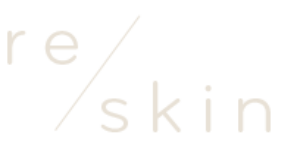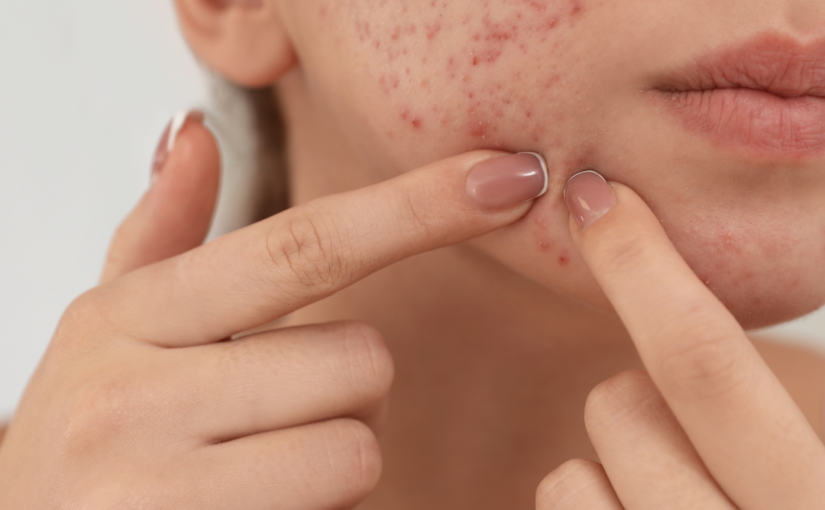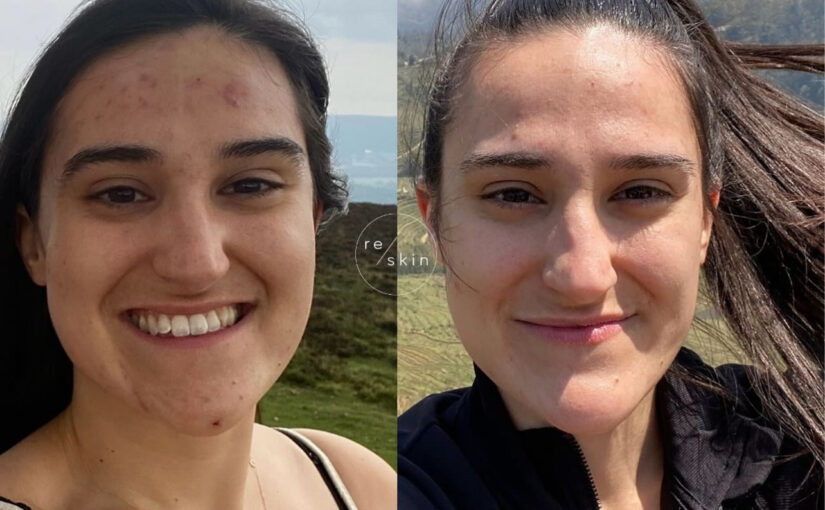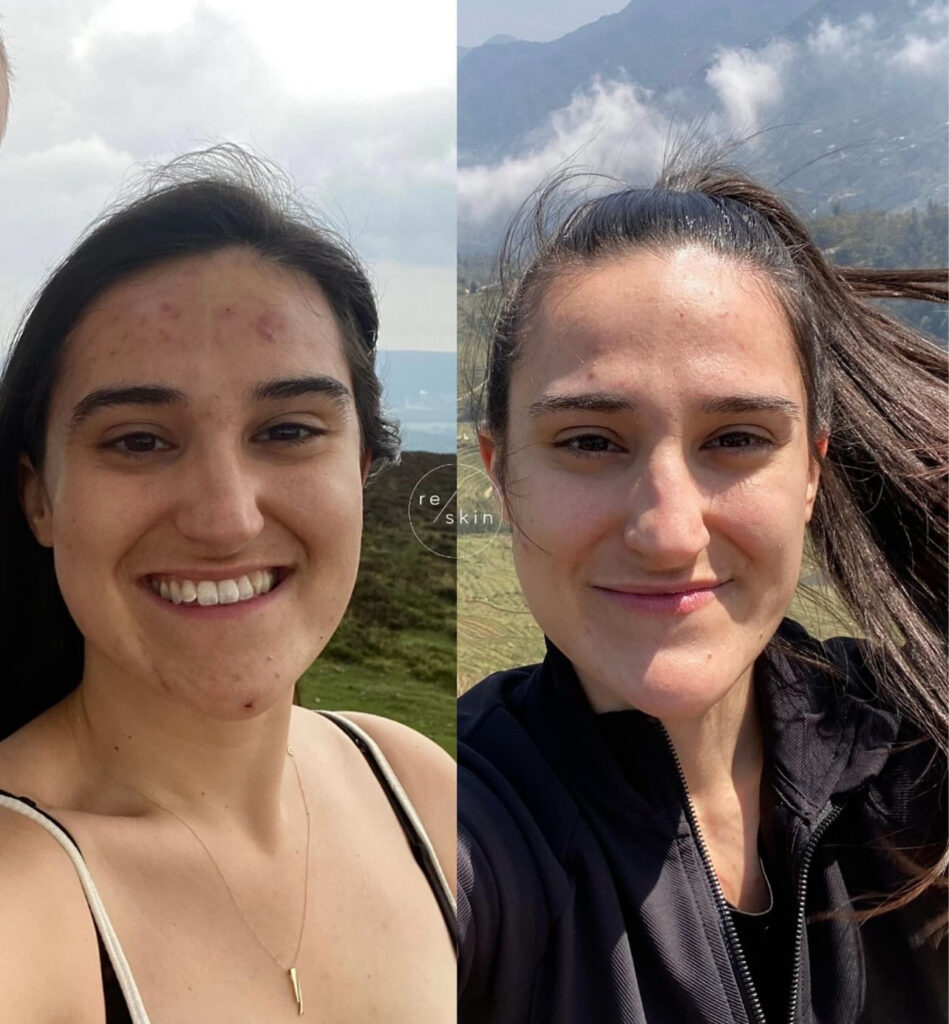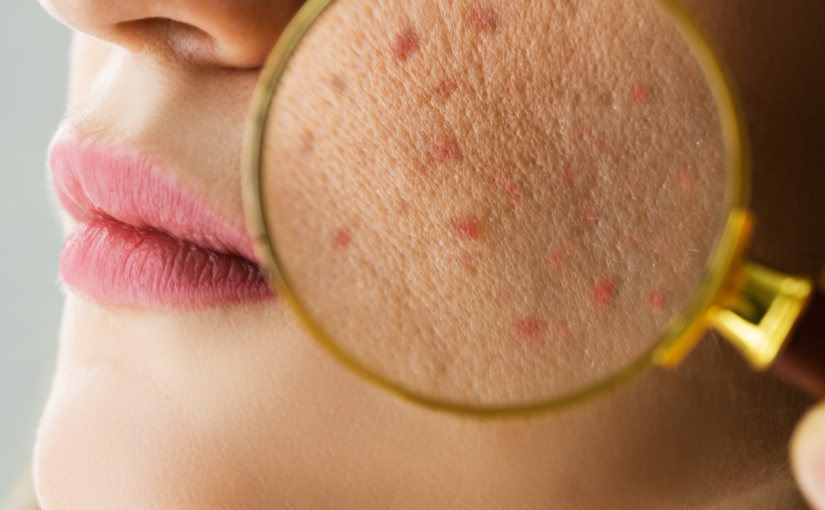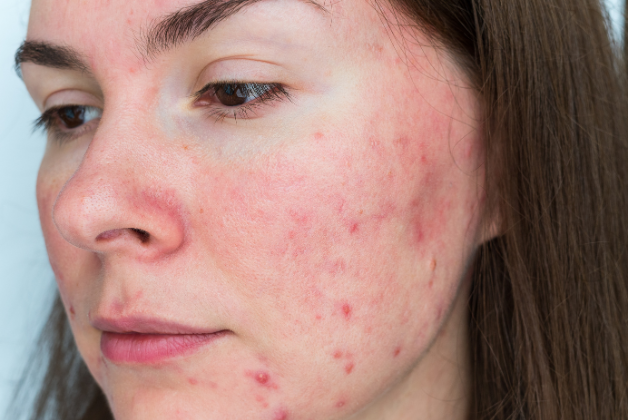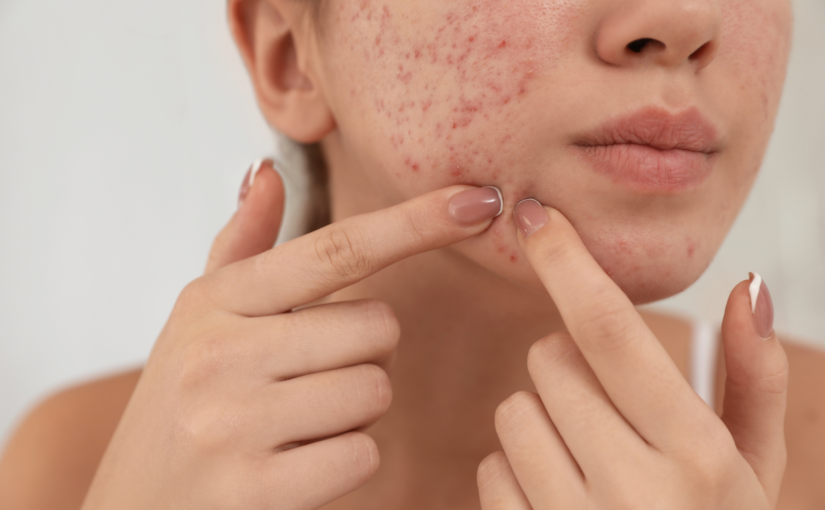As Acne Awareness Month comes to a close, I want to take a moment to reflect—not just on the visible signs of acne, but on the journey so many individuals go through behind the scenes. Acne isn’t just “a skin issue” or a matter of a few breakouts. For many, it’s a deeply emotional experience that can chip away at confidence, impact mental health, and create frustration when the journey to clear skin feels like a never-ending loop.
At my clinic, we see the real faces behind the statistics—people who’ve tried countless products, followed all the trends, and still find themselves struggling. That’s why I believe it’s so important to go beyond surface-level solutions and look at acne for what it truly is: a systemic condition influenced by a wide array of internal and external factors.
Acne Is Not Just Skin Deep
Acne is a complex inflammatory condition that arises from a combination of factors, including:
• Hormonal fluctuations (especially during puberty, menstruation, or stress)
• Excess oil (sebum) production
• Overgrowth of acne-causing bacteria (like C. acnes)
• Poor cell turnover leading to clogged pores
• Lifestyle choices, including diet, sleep, and stress levels
• Skin barrier health and microbiome imbalance
• Incorrect product use or overuse of harsh actives
Because of this multifactorial nature, acne must be approached holistically. It’s not about “quick fixes”—it’s about understanding your skin as an organ that reflects your internal balance, environment, and habits. And most importantly, it’s about identifying your unique acne triggers and tailoring a plan that addresses the root causes.
Skin Confidence Begins with Understanding
One of the hardest parts of living with acne is the emotional toll. It’s more than just marks on the skin—it’s the way you might avoid social situations, feel like hiding behind makeup, or become hyper-aware in front of a mirror.
But here’s the truth I wish more people knew: You can have active acne and still have healthy skin. Skin health is about more than perfection—it’s about barrier integrity, hydration, inflammation control, and feeling empowered in your skin, even during flare-ups.
This Acne Awareness Month, I want to highlight the importance of skin confidence—the belief that you are more than your breakouts. It’s about learning to care for your skin with patience and consistency, not punishment. It’s about being informed, supported, and guided through the process of healing, not just clearing.
Acne Management, Not Acne Erasure
There’s no one-size-fits-all solution. In fact, successful acne treatment isn’t always about complete eradication—it’s about long-term management. Like any chronic or recurring condition, acne may ebb and flow. Your skin’s needs will evolve with age, lifestyle, and hormonal shifts. That’s why education and a tailored plan are crucial.
In my clinic, we focus on:
✅ Individualised skin assessments
✅ Barrier-supportive routines that strengthen, not strip
✅ Lifestyle and nutrition insights that promote internal balance
✅ Safe, effective treatments backed by science and clinical results
✅ Empowering our clients with knowledge and realistic expectations
Moving Forward With Compassion
As this awareness month comes to a close, I encourage you to carry forward what you’ve learned. Whether you’re just starting your skin journey or have been navigating acne for years, know this: You’re not alone, and you deserve support rooted in science and compassion.
Let’s shift the conversation around acne. Let’s normalise real skin. Let’s make space for healing—both physically and emotionally. And most of all, let’s continue to prioritise skin confidence, education, and holistic care.
If you’re ready to take that next step in your skin journey, I’m here to guide you. Book your consultation here.
Because clear skin isn’t just a destination—it’s a journey we take together.
